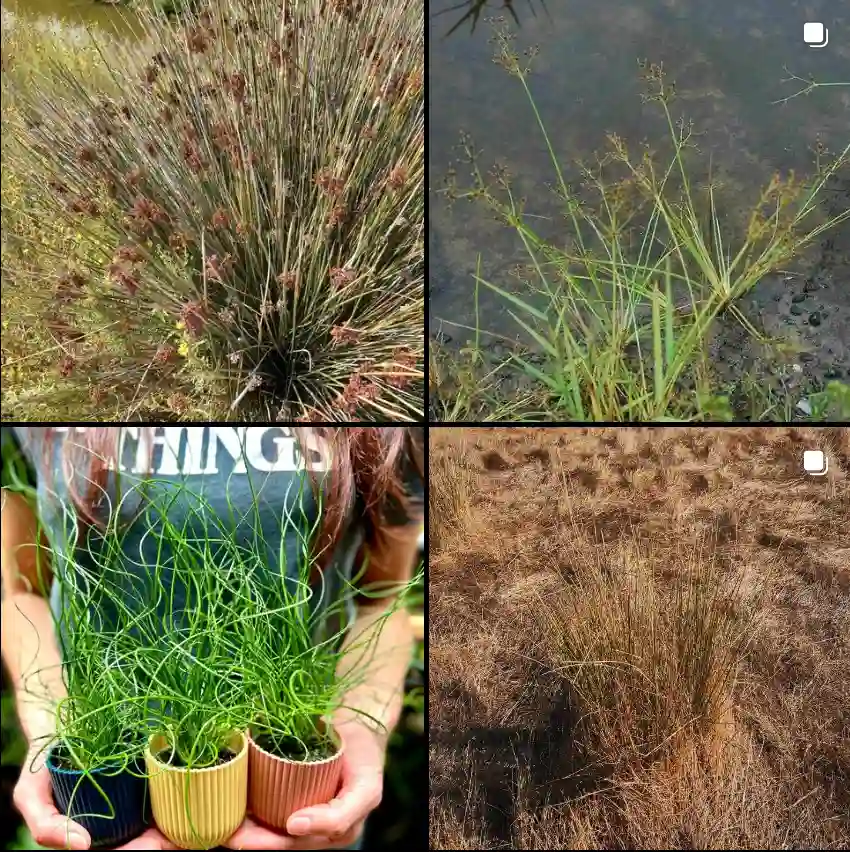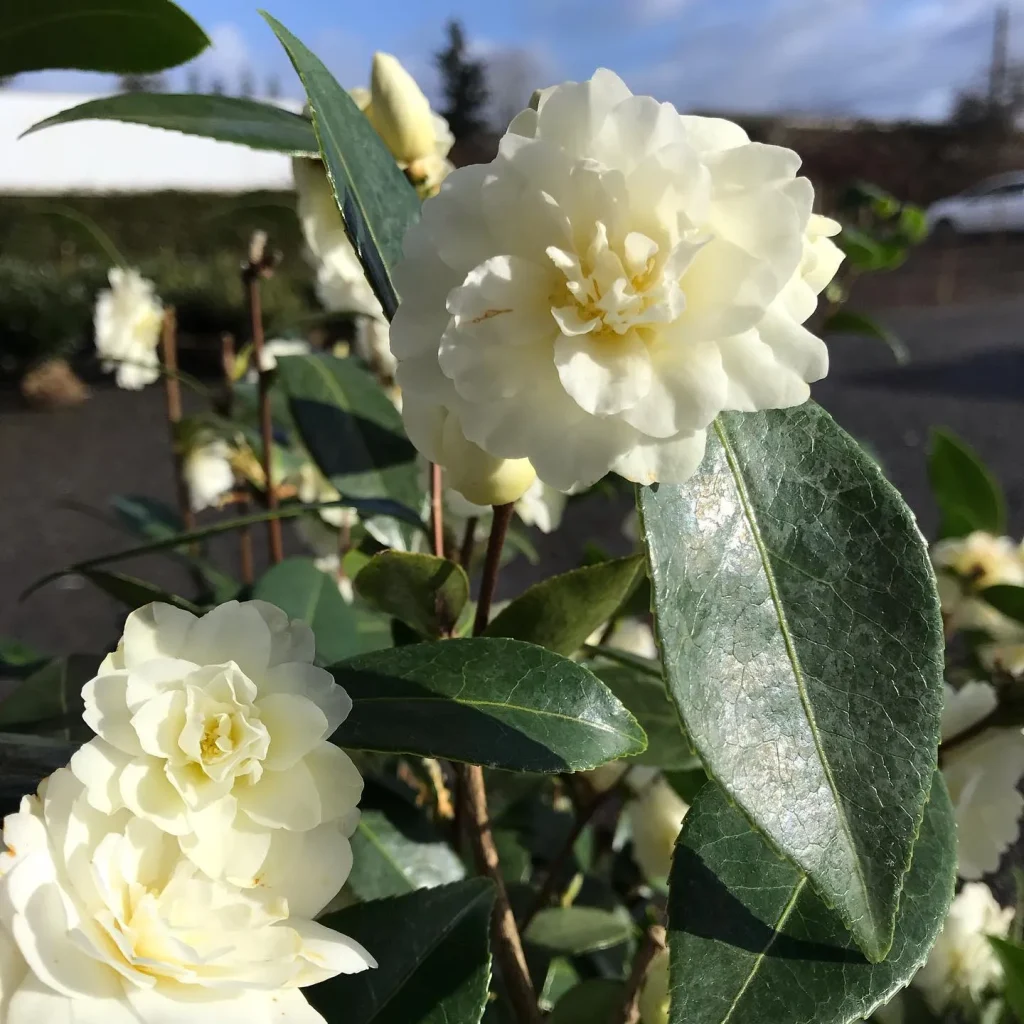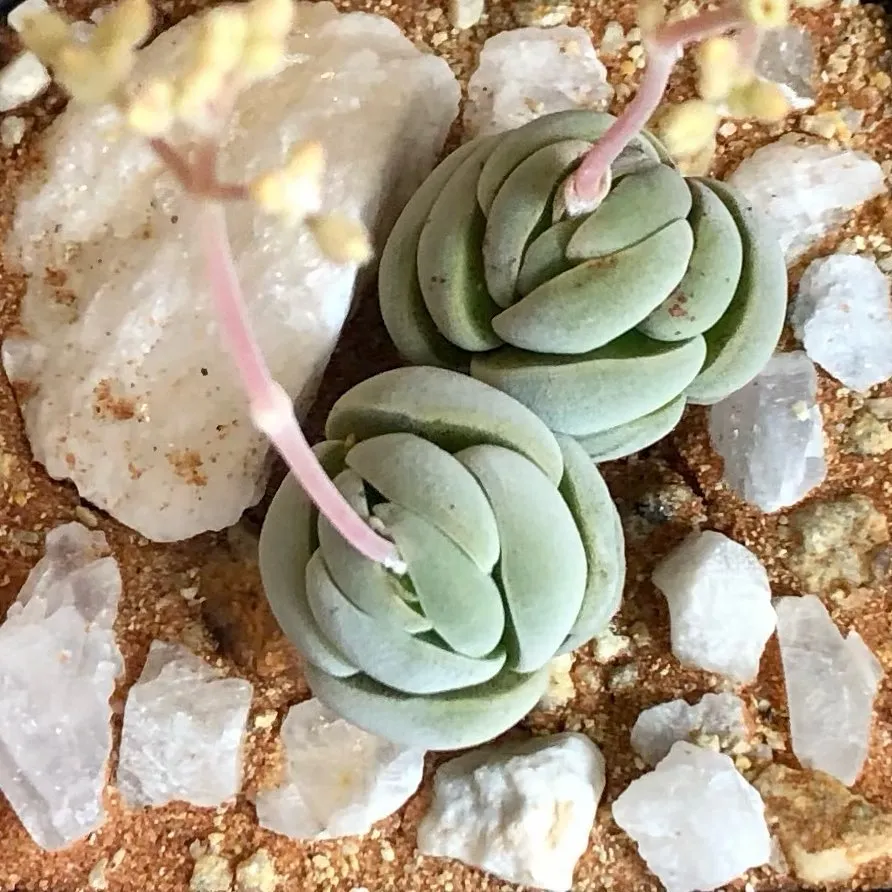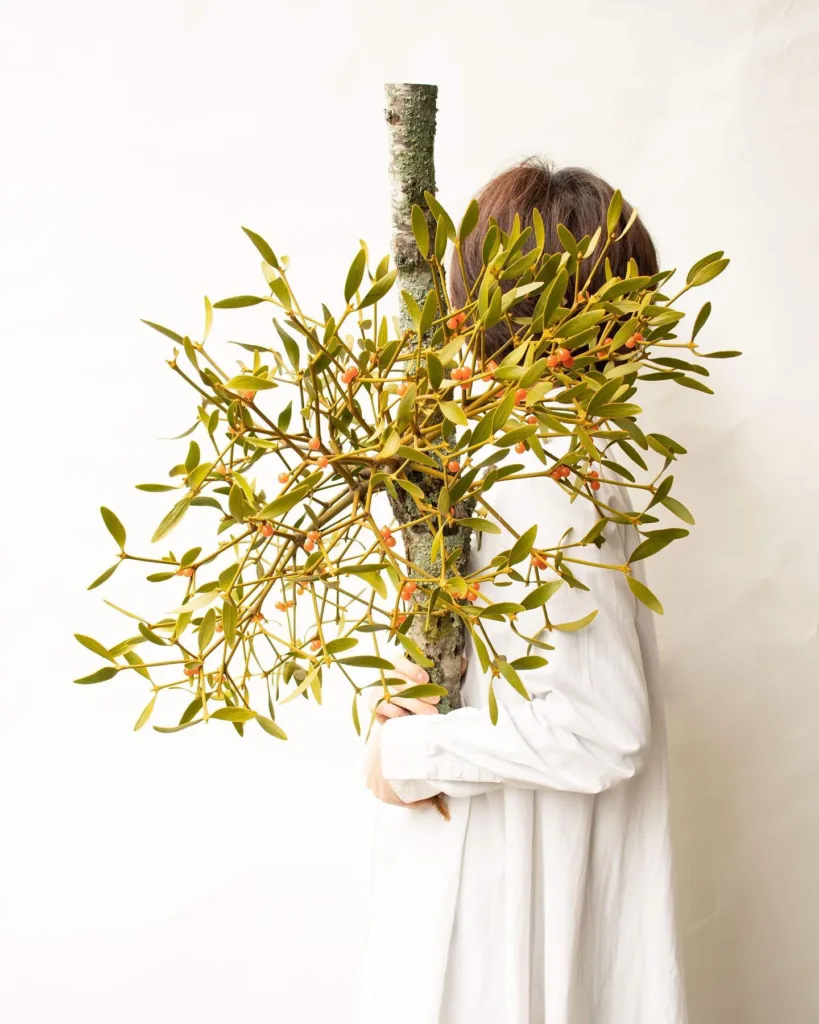FAQs About Leucophyllum Laevigatum
Leucophyllum Laevigatum, commonly known as the Texas Sage or Velvet Sage, has become a beloved plant in my garden due to its resilience and beautiful foliage. I’ve learned a lot about this plant, so I thought I’d share some frequently asked questions that I often encounter.
17 Species in Genus Leucophyllum
What is Leucophyllum Laevigatum?
Leucophyllum Laevigatum, often referred to as Texas Sage or Velvet Sage, is a hardy, evergreen shrub native to the southwestern United States and northern Mexico. It’s well-known for its silver-gray leaves and its ability to thrive in arid conditions. The plant typically reaches 3 to 5 feet in height and width, making it an excellent choice for filling out garden beds or as a low hedge.
How to Care for Leucophyllum Laevigatum?
Caring for Leucophyllum Laevigatum is relatively straightforward. Here’s a rundown of what you need to know:
- Sunlight: This plant thrives in full sun. It prefers at least six hours of direct sunlight each day. In shaded areas, it may become leggy and not flower as abundantly.
- Soil: It is adaptable to various soil types but prefers well-drained soil. Sandy or rocky soils are ideal. Avoid heavy clay soils, as they can lead to root rot.
- Watering: Once established, Leucophyllum Laevigatum is quite drought-tolerant. Watering should be infrequent, allowing the soil to dry out between waterings. Overwatering can be detrimental to its health.
- Fertilizing: This plant doesn’t require heavy fertilization. A balanced, all-purpose fertilizer applied once in the spring is generally sufficient. Avoid over-fertilizing, which can lead to excessive leaf growth at the expense of blooms.
- Pruning: Light pruning after flowering can help maintain a tidy appearance and encourage new growth. Remove any dead or damaged branches to keep the plant healthy.
How to Propagate Leucophyllum Laevigatum?
Propagation of Leucophyllum Laevigatum can be done through several methods:
- Cuttings: Take semi-hardwood cuttings in late summer. Ensure the cuttings are about 4-6 inches long and have at least two sets of leaves. Dip the cut end in rooting hormone and plant in a well-draining potting mix. Keep the cuttings in a warm, sunny location and keep the soil consistently moist until roots develop.
- Seeds: Although less common, you can also propagate by seeds. Plant seeds in well-draining soil and keep them warm and moist until they germinate. This method may take longer and has a lower success rate compared to cuttings.
What to Plant With Leucophyllum Laevigatum?
Leucophyllum Laevigatum pairs well with various companion plants. Its silver foliage and drought tolerance make it a great partner for other low-maintenance, drought-resistant plants. Consider planting it with:
- Desert Marigold: Their bright yellow flowers contrast beautifully with the silver leaves of Leucophyllum Laevigatum.
- Red Yucca: This plant’s vibrant red flowers and sculptural form complement the texture of the Texas Sage.
- Lantana: Both plants enjoy similar growing conditions and their contrasting colors can create a vibrant display.
- Agave: The bold, architectural leaves of Agave make a striking contrast to the softer foliage of Leucophyllum Laevigatum.
Is Leucophyllum Laevigatum Toxic?
Leucophyllum Laevigatum is non-toxic to humans and pets. This makes it a safe choice for garden areas where children or animals may come into contact with it. Always monitor your pets and children around any plant to prevent accidental ingestion.
Benefits of Leucophyllum Laevigatum
- Drought Tolerance: One of the biggest advantages of this plant is its exceptional drought tolerance. It thrives in arid conditions and requires minimal watering once established.
- Low Maintenance: With minimal pruning and fertilization needs, it’s an easy plant to care for. Its resilience makes it a great choice for low-maintenance gardens.
- Attractive Foliage: The silver-gray leaves add a unique texture and color to garden landscapes. It also produces lovely purple or pink flowers that attract pollinators.
Common Problems with Leucophyllum Laevigatum
While generally low-maintenance, Leucophyllum Laevigatum can encounter a few issues:
- Root Rot: This occurs primarily due to overwatering or poor drainage. Ensure proper soil conditions and avoid excessive watering.
- Pests: Watch for common pests like aphids or spider mites, especially during hot, dry periods. Regular monitoring and appropriate insecticidal treatments can manage these problems.
Comparison with Similar Plants
- Leucophyllum Frutescens (Texas Sage): While similar in appearance, Leucophyllum Frutescens generally has a more compact growth habit compared to Leucophyllum Laevigatum. Both are drought-tolerant, but the Laevigatum variety often has a more silvery sheen to its leaves.
- Leucophyllum Langmaniae (Cenizo): This variety is slightly smaller and more compact. It also has a similar drought tolerance and flowering characteristics, but its growth habit is more rounded compared to the sprawling nature of Laevigatum.
In conclusion, Leucophyllum Laevigatum is a versatile and attractive shrub that can enhance any garden with minimal effort. Its drought tolerance, low maintenance needs, and striking appearance make it a great choice for various landscaping purposes.
If i die, water my plants!



